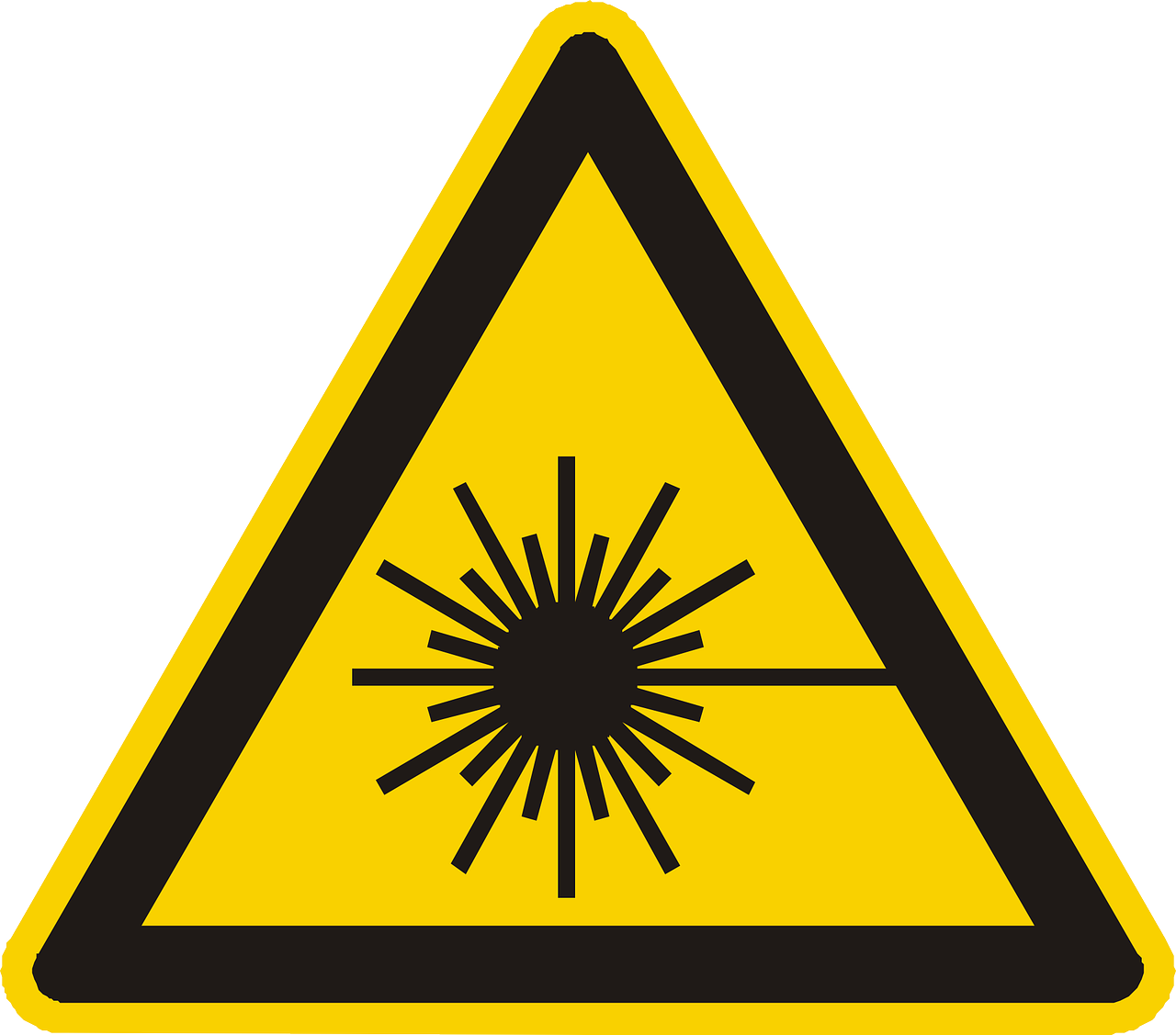Laser treatment
Treatment of CMTC spots with laser

Laser treatment of CMTC gives mixed results.
“The treatment of CMTC with laser delivers the best results generally in the face. For other parts of the body, the results are disappointing, “says Prof. Dr. Arnold Oranje *, dermatologist. His presentation at the CMTC-OVM Conference on November 14, 2015, included a discussion on laser treatment of CMTC. The following article is written based on his lecture, but also using some external sources. The entire reading is video recorded and available to members and doctors through the private area of our website.
The laser (Light Amplification by Stimulated Emission of Radiation) is used for the treatment of various disorders in medicine. For example, laser eye surgery to correct refractive errors, or laser treatment of different kinds of cancer or dermatological disorders. What actually is a laser and why is it so suitable?
A laser is a light source that can produce a narrow beam of light of one wavelength and in one direction. Other light sources such as the sun or lamps, emit light in all directions and from all kinds of wavelengths.
Laser
Laser is a light source that can produce a narrow beam of light of one wavelength and in one direction. Other light sources such as the sun or lamps, emit light in all directions and from all kinds of wavelengths.
Chromophore
As a laser can be used to choose a specific wavelength, specific structures in the skin can be heated. These structures are called chromophores in the laser-jargon. A chromophore is a chemical structure which preferably absorbs light of a certain wavelength. In dermatology there are three chromophores of interest, water, hemoglobin (in the blood) and pigment/melanine (in pigment cells, hair roots and tattoo-ink).
During the process, the absorption of light is converted into heat. For example, by choosing an optimal wavelength, selective pigments in the skin are heated while in other skin structures no heat is absorbed.
For the medical lasers, the heat is transferred in such a way that the chromophore and its immediate vicinity are destroyed.
Pulse duration
To prevent the chromophore from being heated too long (so also unintentionally further from the chromophore located structures are affected), the administration of laser treatment uses pulses of the laser light. Because of the short exposure (pulses) there is a very short heating of the target chromphorer, with the rest of the surrounding tissue spared.
Depending on the effect desired, the pulse duration can be chosen to be achieved by a few nanoseconds to milliseconds.
Danger
Laser treatments are not without danger. They may cause complications such as:
- Burning the skin, resulting in scars.
- Pigment changes, especially in a dark skin.
- Infections.
- Bleeding.
- Crusting by infections.
Dangerous for the eyes
Laser light can be dangerous in contrast to light from lamps and the sun, since it consists of a very narrow beam of light in which the power is very concentrated. The coherence and low divergence angle of laser light, aided by focusing from the lens of an eye, can cause laser radiation to be concentrated into an extremely small spot on the retina. If the laser is sufficiently powerful, permanent damage can occur within a fraction of a second, literally faster than the blink of an eye.
Types of lasers
There are many different types of lasers. The pulsed dye laser (PDL, 585-595 nm) (chromophore: hemoglobin) is widely used in the field of dermatology. The choice between different wavelengths allows radiating a very specific chromophore (tissue). Another type is the ‘ neodymium ‘ laser (1047 nm). This is used for pigment and vascular malformation disease. The treatment is very painful. When one eye is touched by this laser, it leads to blindness.
Examples of uses for which the PDL is used is Rosacea (rosacea) and wine stains (Nevus flammaeus). The results are generally good. It is also used for hemangiomas (benign proliferation of endothelial cells), whereby the processing of PDL on flatter hemangiomas yield better results.
The pulsed dye laser also seems to be the best type of laser for any treatment of persistent defects in CMTC. Treatment seems to work best in the face and neck. The lower on the body the less effective treatment is, so treating the legs often has no sense. It remains difficult to predict the effect of the treatment, because results can be variable.
Treatment
Before the laser treatment can be started, it will first be used on a small piece of skin to see how this reacts on the laser.
One treatment normally takes 30 minutes. The number of treatments varies from 6 – 10. There is usually an interval of 6-12 weeks between treatments. Sun on the skin should especially be avoided before and after a treatment.
Treating small children with laser is not recommended. The eyes must be covered before irradiation with the laser and that can be very threatening for children. Therefore the child will need to be put under general anesthesia. There are not only physical but also psychological consequences.
A new development is the use of laser in combination with brimonidine gel or Aloe vera after treatment .
The gel works by vasoconstriction. Aloe vera is also a mild vasoconstrictant. The treatment of rosacea (rosacea) with this gel works well (see article 3). At CMTC it also seems to work well.
*Professor Oranje worked as a dermatologist at Dermicis, a skin hospital with five locations in the Netherlands. Oranje enjoyed international fame in the field of child dermatology and was considered an authority in the field of, among other things, eczema in children. He combined his activities as professor of child dermatology at the Erasmus Medical Center and the Sophia Children’s Hospital in Rotterdam with his part-time appointment at Dermicis Alkmaar. Oranje unexpectedly passed away on October 19, 2016.






